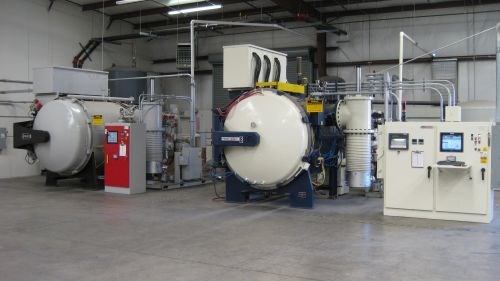Variables in Heat Treating
Changes in dimensional sizes are a big concern for parts with tight tolerances. This complicated issue involves many variables. When heat treating is brought into the equation, the picture can become even blurrier.

Changes in dimensional sizes are a big concern for parts with tight tolerances. This complicated issue involves many variables. When heat treating is brought into the equation, the picture can become even blurrier.
In “Predicting Size Change from Heat Treatment,” authors Daniel Herring (Heat Treat Doctor from Henning Group Inc.) and Patrick McKenna (Vice President at Nevada Heat Treating Inc.) explain how a heat treater can help a shop prepare for final machining operations by providing a reasonable forecast of how certain variables will affect part size change.
Here is a list of heat treating variables that need to be considered:
- Type of process selected (annealing, hardening, nitriding, carburizing, and so on)
- High-heat process (anneal, normalize, austenitize), temperature and soak times
- Low-heat process (age, temper, stress relief), temperature and soak times
- Furnace temperature uniformity
- Furnace repeatability
- Quenchant type
- Quench rate
- Part size
- Load size
- Load configuration
- Part orientation/fixturing
- Type of furnace atmosphere
- Deep freezing or cryogenic processing
- Number of tempering cycles









.jpg;maxWidth=300;quality=90)



